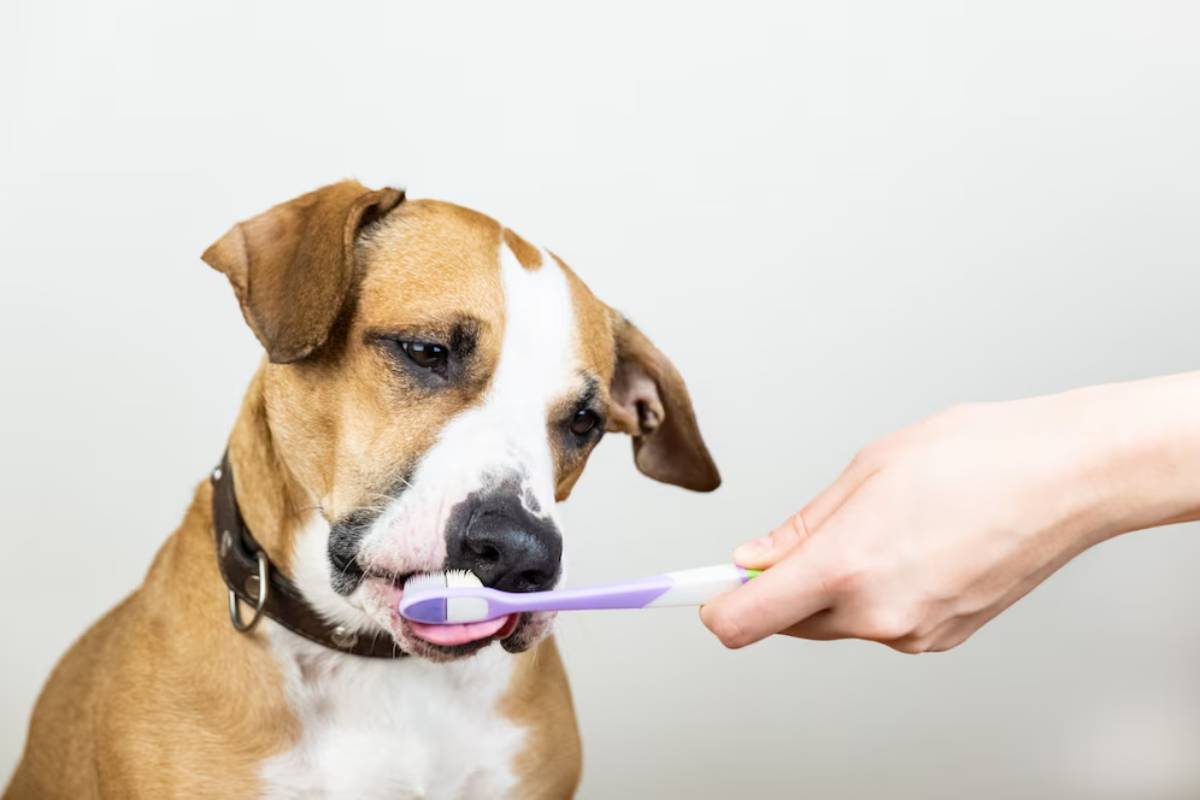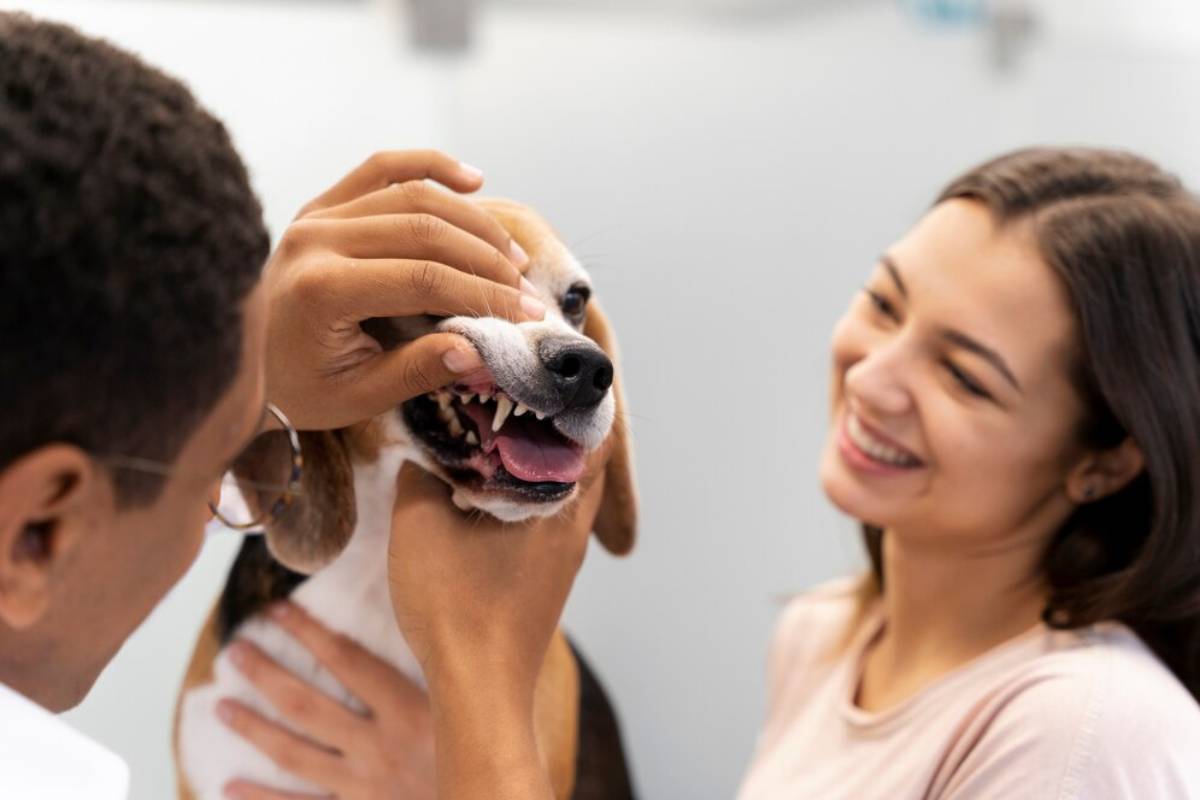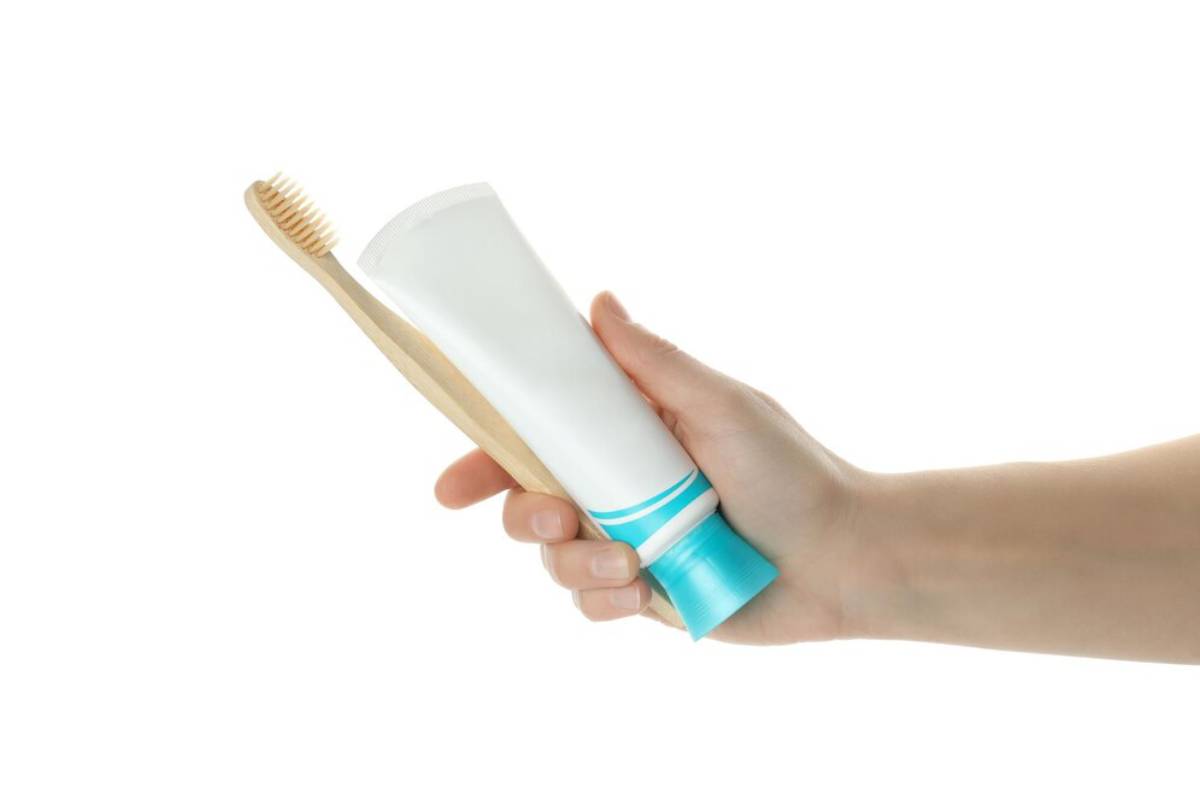
Home Dental Care Tips: Brushing Your Pet’s Teeth
Most pet owners are diligent about feeding schedules, walks, and playtime—but many overlook one of the most important aspects of pet wellness: dental hygiene. Just like us, dogs and cats are susceptible to plaque, tartar, gum disease, and tooth decay. And just like us, regular tooth brushing is the best way to prevent it.
Brushing pet teeth might sound like a daunting task, especially if your furry companion is a bit squirmy. But with patience and the right approach, it can become a simple and even enjoyable part of your daily routine. In this guide, you’ll learn how to incorporate home oral care for pets into your schedule, what tools to use, and how to make toothbrushing stress-free for both you and your pet.
Why Brushing Matters in Pet Dental Hygiene

The Silent Spread of Dental Disease
Periodontal disease is the most common dental issue in pets, affecting up to 80% of dogs and 70% of cats by the age of three. It starts with plaque, which hardens into tartar, and eventually leads to gum inflammation, pain, and potential tooth loss.
Worse still, oral bacteria can travel through the bloodstream and damage internal organs like the heart, liver, and kidneys.
Benefits of Brushing Pet Teeth
- Prevents tartar and plaque build-up
- Reduces bad breath
- Decreases the risk of gum disease
- Improves overall health and longevity
- Saves money on future dental cleanings and vet bills
Brushing is the gold standard in home oral care for pets—and it’s well worth the effort.
What You’ll Need: Tools for Brushing Pet Teeth
Setting up for success starts with the right tools. Avoid using human toothpaste or brushes—many contain ingredients like fluoride or xylitol that are toxic to pets.
Essentials:
- Pet-specific toothbrush: These come in finger brush styles or angled handles designed for small mouths.
- Pet toothpaste: Available in flavours like chicken, beef, and peanut butter to make the experience more pleasant.
- A calm, distraction-free environment: Choose a quiet spot and time of day when your pet is relaxed.
Optional (but helpful):
- Dental wipes: For quick cleanings on days when brushing isn’t possible.
- Gauze pads: Wrapped around your finger, they can be used to gently rub the teeth for beginners.
Step-by-Step Guide to Brushing Your Pet’s Teeth
Step 1: Get Your Pet Used to Mouth Handling
Before introducing a brush, spend a few days gently lifting your pet’s lips and touching their teeth and gums. Use calm, encouraging tones and offer praise or treats afterwards.
Tip: Do this when your pet is already relaxed—after a walk, meal, or cuddle session.

Step 2: Introduce the Toothpaste
Place a small amount of pet-safe toothpaste on your finger and let them lick it off. This helps build a positive association. Most pets enjoy the taste, which helps make the process easier.
Step 3: Start Brushing with Your Finger
Wrap a gauze pad around your finger and gently rub along the gumline. Focus on the outer surfaces, where plaque builds up most quickly.
Step 4: Move On to the Toothbrush
Once your pet is comfortable, use a pet toothbrush with a small amount of toothpaste. Gently brush in circular motions along the gumline, starting with the back teeth.
Keep sessions short and positive—30 seconds on each side is a great start.
Step 5: Reward and Repeat
After brushing, give your pet a reward—whether it’s a dental treat, playtime, or extra cuddles. This reinforces the experience as a positive one.
How Often Should You Brush?
For best results, daily brushing is ideal. However, even 2–3 times per week can significantly improve your pet’s oral health and reduce the need for veterinary intervention.
Combine brushing with regular check-ups, dental chews, and water additives for a well-rounded pet dental hygiene routine.
Tips for Success: Making It Easier for Both of You
- Start young: If you have a puppy or kitten, introduce brushing early to build lifelong habits.
- Go slow: If your pet resists, don’t rush the process. Progress from handling the mouth to brushing over several days or weeks.
- Use positive reinforcement: Treats, toys, and praise go a long way in building trust.
- Pick a consistent time and place: Routine helps your pet feel safe and know what to expect.
- Don’t force it: If your pet is stressed or anxious, take a break and try again later. Gentle persistence works better than pressure.
Common Mistakes to Avoid
| Mistake | Why It’s a Problem | Better Approach |
| Using human toothpaste | Toxic to pets (especially xylitol, fluoride) | Always use pet-safe toothpaste |
| Brushing too hard | Can hurt gums and cause fear | Use gentle, circular motions |
| Skipping brushing due to resistance | Increases risk of disease | Use treats and go slowly |
| Only brushing occasionally | Misses out on cumulative benefits | Aim for consistency, even short sessions |
| Ignoring bad breath | Could signal a bigger problem | Schedule a vet check-up if odour persists |
Integrating Dental Care into Your Routine
Consistency is key when it comes to home oral care for pets. Here’s how to weave dental care into your daily life without stress.
1. Pair Brushing with an Existing Habit
Brush your pet’s teeth after their evening walk or just before bedtime, so it becomes part of your regular schedule.
2. Create a Dental Kit Station
Keep all dental supplies—brush, toothpaste, wipes, and treats—in one easily accessible place. This removes friction and makes the task feel less like a chore.
3. Involve the Family
If you have children or multiple caregivers, assign brushing as a shared responsibility. Pets often respond differently to different people—find the most successful match.
4. Celebrate Small Wins
Even brushing a few teeth at a time is better than nothing. Gradual progress is perfectly acceptable, especially if your pet is older or wasn’t introduced to brushing earlier in life.
A Little Effort Goes a Long Way
Brushing pet teeth might not be the most glamorous part of pet care—but it’s one of the most important. With the right tools, techniques, and a calm, consistent approach, it becomes a small daily ritual that has a big impact on your pet’s health and happiness.
By taking charge of your pet’s dental hygiene at home, you’re helping prevent pain, disease, and costly vet visits—while strengthening the bond you share through trust and care.
Start today: Pick up a pet toothbrush, introduce the toothpaste, and take it one step at a time. Your furry friend will thank you with a brighter smile and better health for years to come.


